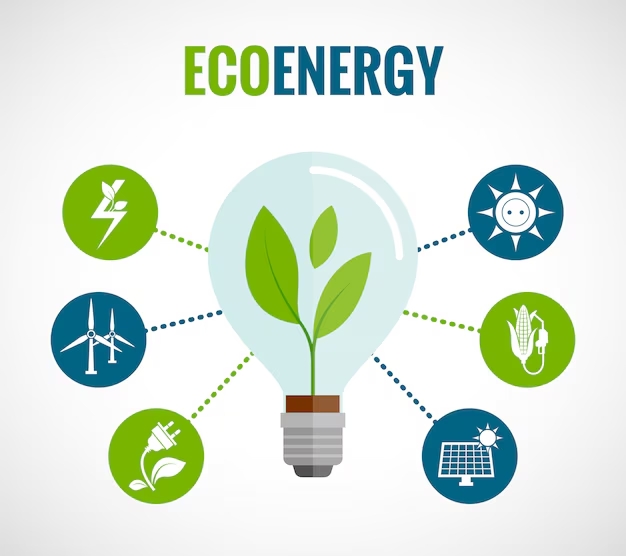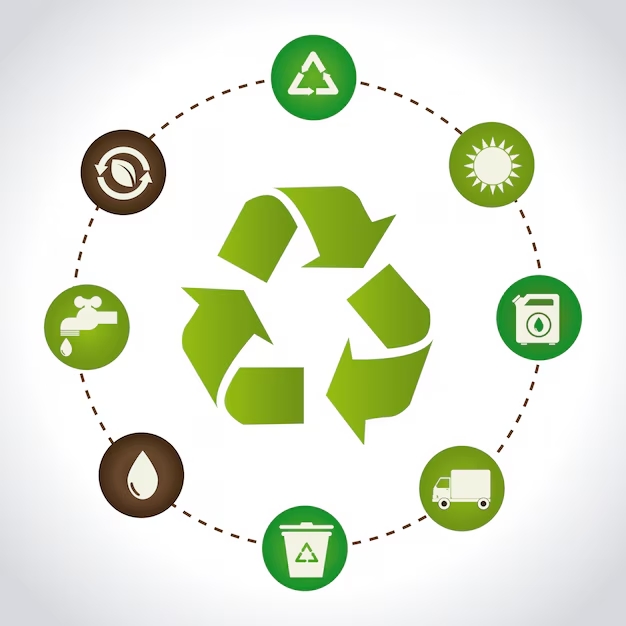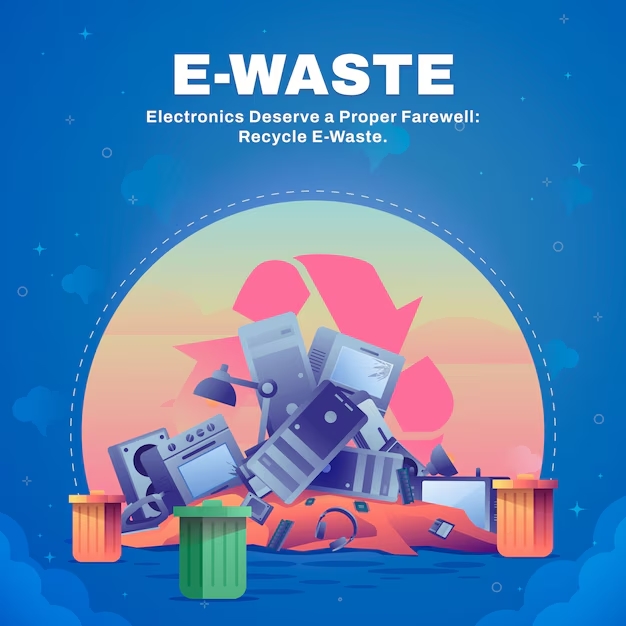At the heart of these changes is a revamped Extended Producer Responsibility (EPR) system. This requires producers, manufacturers, recyclers, and refurbishers to register on a dedicated online portal developed by the Central Pollution Control Board (CPCB). By doing so, the government hopes to formalize the e-waste recycling sector, bringing informal players into compliance and reducing the adverse environmental impact of unregulated disposal.
Key Features of the Revised Rules
Mandatory Registration: All manufacturers, refurbishers, and recyclers are now required to register on the CPCB’s e-waste portal. This step will ensure better monitoring and accountability in the management of electronic waste.
Focus on Scientific Recycling: The new rules emphasize scientifically sound recycling processes, with detailed guidelines provided by CPCB on facility requirements, including machinery and pollution control devices.
Environmental Compensation and Audits: To ensure compliance with environmental standards, the rules introduce provisions for environmental compensation, along with regular audits to verify the effectiveness of e-waste management practices.
Incentivizing Circular Economy: By promoting recycling, refurbishing, and reducing the need for new raw materials, the government is encouraging a circular economy where resources are reused, and waste is minimized.
The CPCB’s Active Role
The CPCB has been instrumental in ensuring the smooth implementation of the new rules. They have not only developed the online portal but also put in place guidelines for effective e-waste management, issued regular directives to state pollution control boards, and allocated industrial spaces for e-waste dismantling and recycling. These measures aim to curb informal e-waste activities and provide a legal framework for responsible e-waste handling.
Impact on the E-Waste Recycling Sector
As of February 2025, India has 322 registered recyclers and 72 refurbishers, with a reported processing capacity of over 2.2 million metric tons per year. This growing infrastructure will be essential in ensuring that e-waste is properly handled and recycled, reducing the negative environmental effects associated with improper disposal.
Looking Ahead
India’s revised e-waste management rules, along with the CPCB’s active initiatives, represent a significant step towards a cleaner and more sustainable future. By holding producers accountable through EPR, formalizing the recycling sector, and prioritizing scientific waste management, the government is paving the way for responsible e-waste disposal and reducing the environmental hazards of electronic waste.
Conclusion:
The new e-waste management framework is a clear indication of India’s commitment to managing its electronic waste effectively. With these strengthened rules and a user-friendly online portal for registration, the country is better positioned to address the mounting challenge of e-waste, while fostering sustainable practices in the recycling sector.











